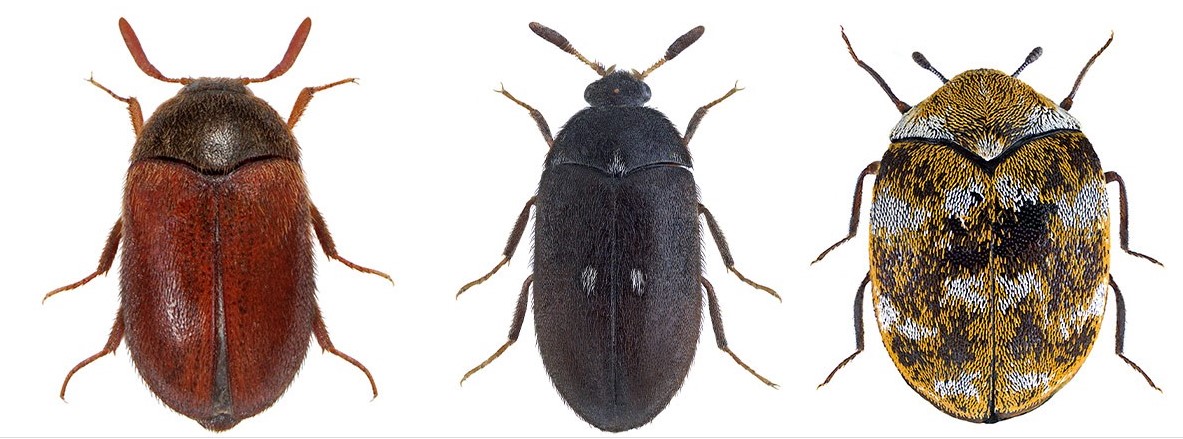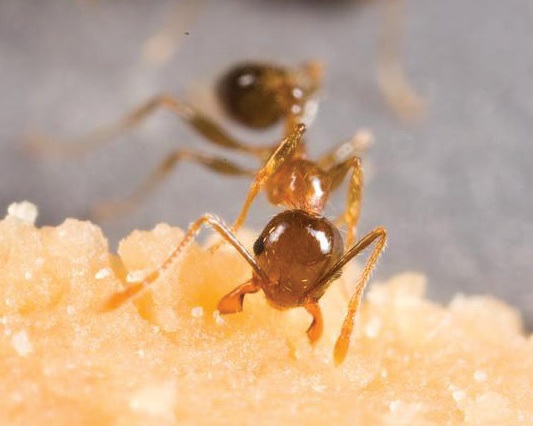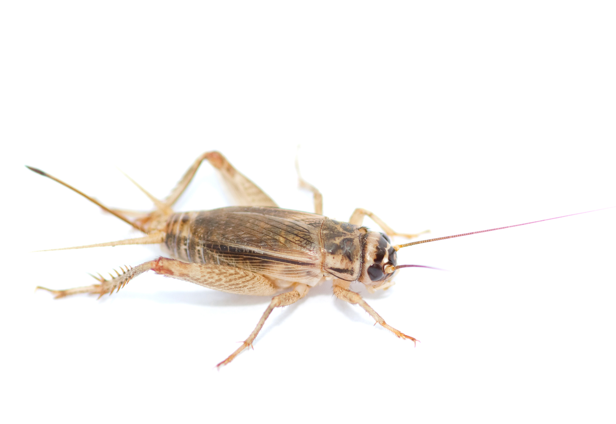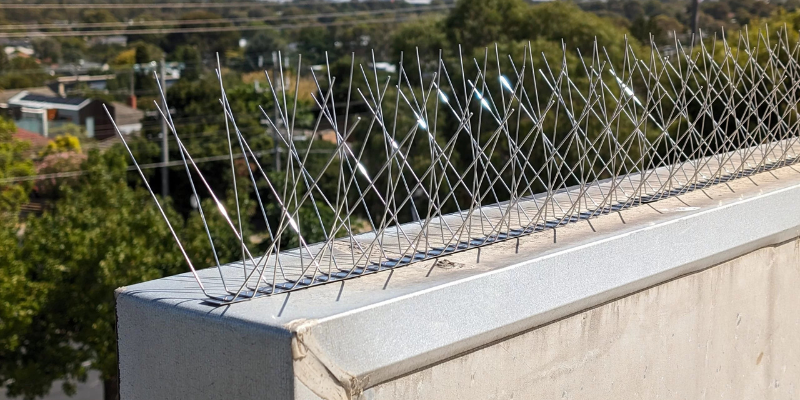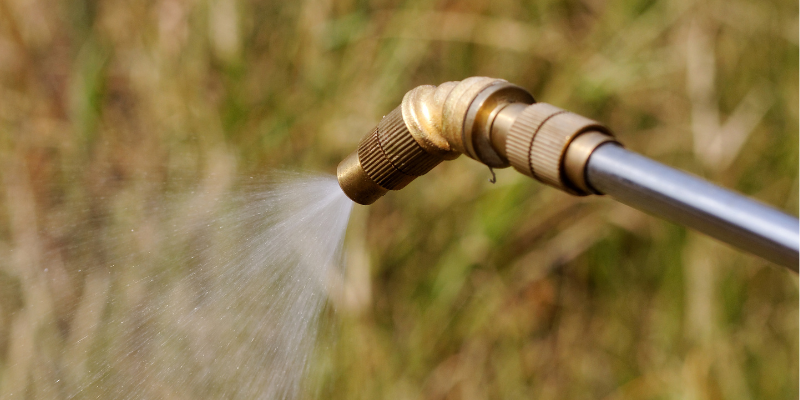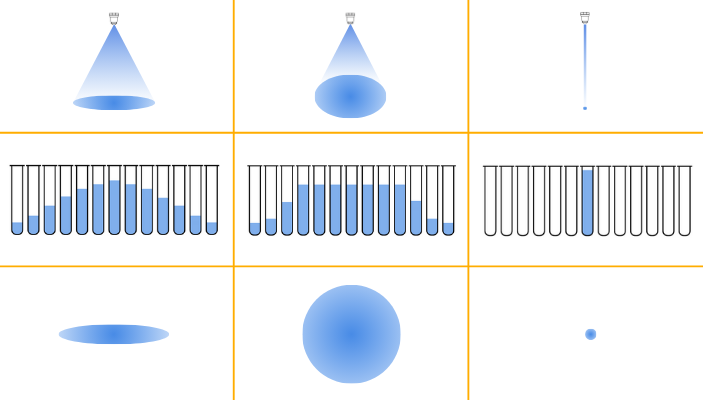House Sparrow
House Sparrow
Scientific Name: Passer domesticus
How to identify a house sparrow
The house sparrow is a small bird typically of approximately 12-15cms in length. Females and young birds are coloured pale brown and grey, and males have brighter black, white, and brown markings.
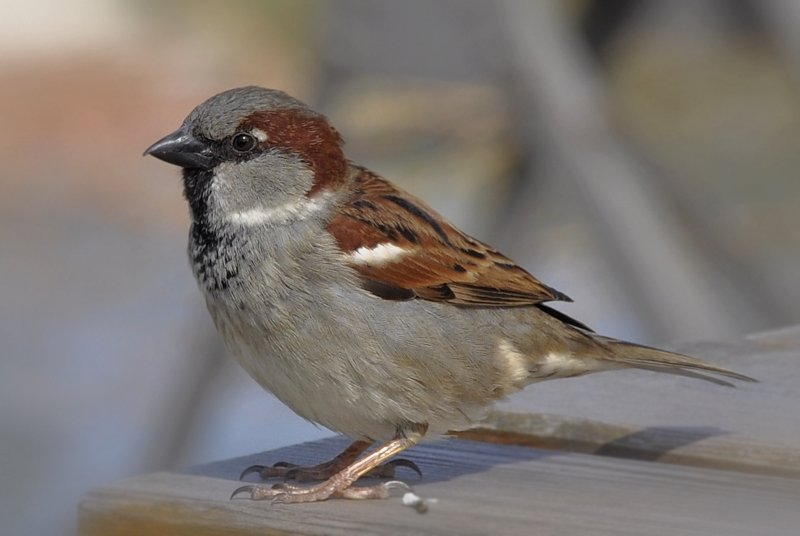
Where are house sparrows commonly found?
House sparrows build large nests relative to size which function as the centre of all activity. They prefer small, enclosed, places such as house shutters, drainage piping, and building rafters and corrugated metal sliding. They will build a spherical nest in a tree or another exposed place if they have no other option. The building material will be stick, with an inside lining of grass, string, fabrics, and straw. The nest will often hold several families.
Why are house sparrows considered a pest?
House sparrows are often a nuisance in urban areas like manufacturing and food processing plants. Gutters and drainage pipes clogged with sparrow nests can back up and cause extensive water damage and fires have been attributed to electrical shorts from machinery housing sparrow nests. Faeces can lead to structural damage from the uric acid in droppings, plus the bacteria, fungal agents and parasites in the faeces also pose a health risk.
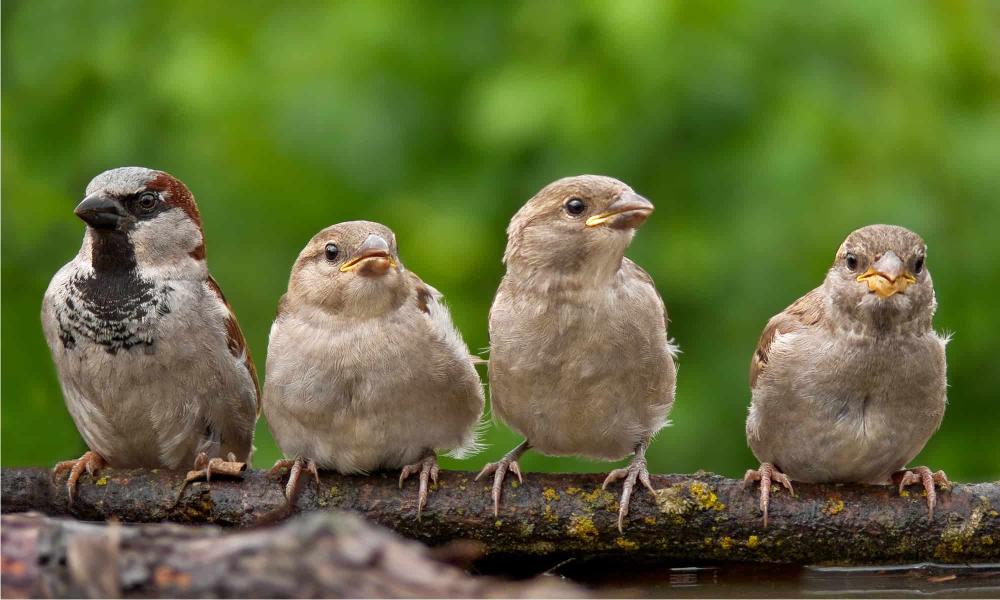
What is the biology and lifecycle of a house sparrow?
Adults breed in season (March - August in North America), producing up to 4 broods in a year. Clutch size averages 4-5 eggs but can be upward to 10. House Sparrows are monogamous but quickly find new mates, often a helper bird, if a mate expires. Egg incubation lasts for about 14 days and chicks develop on 14-16 days. A single brood can be raised in less than a month.
Management Tips for House Sparrow
To effectively protect a building from a bird problem, it often requires a combination of products. Take into account the following in designing your bird protection system:
-
Bird species/pressure
-
Building structure
-
Location of problem
-
Installation issues
-
Durability requirements
-
Aesthetic requirements
-
Safety/environmental concerns
-
Cost
A wide range of bird protection systems are available to effectively protect a building from a bird problem with various different methods:
Area exclusions - When installed correctly, bird netting provides the most complete, humane and durable system for bird exclusion.
Ledge exclusion - Large Birds: A system of spikes, wires and spiders can be utilised to discourage birds from landing on ledges. All Birds: a system of slopes and shock systems can be utilised.
Scare devices - A variety of scarer and repeller devices are available
Traps - For humane and safe removal of birds, particularly in sensitive areas
Solar panel protection - Solar panel exclusion kits are designed to prevent nesting under solar arrays - avoids expensive damage and reduction in efficiency due to bird droppings on panels.
Disease protection - PX Ornikill can be used as a clean up product and disease protection treatment, kill a range of disease organisms associated with pest birds such as ornithosis and psittacosis.



